Photographer Sheila Turner-Seed left behind an archive documenting an impressive life, but for daughter Rachel Elizabeth Seed, those boxes held something even more precious—fragments of the mother she barely knew. When Rachel was just a baby, Sheila passed away, leaving only photographs, home movies, and a collection of audio recordings from her landmark interview series as traces of the extraordinary woman she was.
Years later, Rachel embarked on her own journey of discovery, using those archived materials to reinvent herself as a filmmaker and bring her elusive mother to life once more through the intimate documentary A Photographic Memory.
Sheila’s career saw her traveling the world to document global events as a journalist, but perhaps her most enduring work was the in-depth conversations she captured with photography’s greatest names. For A Photographic Memory, it’s these audio interviews woven throughout that allow Rachel to rediscover her mother’s kindred spirit across the decades.
She sets out to reconstruct both the prolific work and the remarkable woman behind it, drawn into the archives by a longing to truly know the parent she lost too soon. In the process, Rachel forges a profound connection with her elusive mother, breathing new life into her legacy and introducing her pioneering spirit to a new generation through the moving cinematic portrait she crafts from the traces Sheila left behind.
Rediscovering a Remarkable Life
Sheila Turner-Seed grew up in postwar Chicago, coming of age at a time when opportunities for women were expanding yet constraints of tradition still held strong. She pursued higher education and a career against the norms of her generation, embracing a life of adventure as a photographer and journalist. Through her work with Scholastic, Sheila traveled widely, documenting global events and bringing the world into focus for young readers back home.
Yet perhaps her most enduring work was Images of Man, the landmark interview series for the International Center of Photography. For this project, Sheila captured extended conversations with icons of photography like Cartier-Bresson, delving deep into their creative processes and philosophical insights. Her gentle probing style is credited with inspiring these celebrated figures to openly reflect in a way they rarely did.
Sheila’s archive is a treasure trove of materials that would later help her daughter Rachel revivify her memory. Photos from Sheila’s travels capture snapshots of history alongside glimpses of her own journey. Home movies record family life and earlier years. Most profoundly, the raw audio from her interviews gift Rachel the ability to hear Sheila herself across the decades in her own soft yet determined voice.
Sadly, Sheila’s life was cut short at a young age, but not before she carved out success in a male-dominated field and compiled an extensive documentary record. The breadth of archives she left behind would provide the foundation for Rachel, in turn, to reconstruct her trailblazing mother’s impressive life and legacy through the loving lens of A Photographic Memory.
Reimagining History Through Living Archives
With only fleeting memories and a vast archive as her guide, Rachel Seed set out to rediscover the mother she lost. She deftly utilized every resource available, from photographs to home movies and most profoundly, the raw audio recordings capturing Sheila Turner-Seed’s soft yet powerful voice.
Seed brought these living traces of the past into the present through ingenious directorial choices. Reenacting interviews using herself as a modern-day conduit for her mother, then overlaying the original audio, allowed Sheila’s spirit to transcend the decades. Subtle touches like shallow focus blurred the lines between the recreated past and unfolding history, immersing the viewer.
Perhaps most moving were the moments Seed quite literally stepped into her mother’s shoes, superimposing photographs of the two to emphasize their striking resemblance beyond mere biology. Through nuanced mirroring of pose and expression, she breathed contemporary life into snapshots, capturing the too-brief period when their timelines overlapped.
With deep care and intuition, Seed crafted temporal portals, allowing direct access to her elusive subject. By deftly weaving archival gold into her cinematic tapestry, she resurrected the vibrant essence of the woman who left far too soon, honoring a pioneering life through an artful blending of past and present. Her documentary’s great strength lies in this tactile revival of history through living archives.
Reconnecting Across the Decades
Early in A Photographic Memory, a tender scene shows Rachel Seed gazing at the only photos capturing the brief overlap of her life with her mother’s. These fleeting snapshots are among the few tangible threads still linking them across the chasm of years.
Seeking more, Seed travels in Sheila Turner-Seed’s footsteps, visiting places where she interviewed iconic photographers. Mirroring her mother’s journey, Seed finds striking resemblances noted by all who knew Turner-Seed. These subtle affirmations of their deep connection are gifts unveiling facets of the woman she never met.
Perhaps most stirring are the moments Seed taps her resourcefulness to envision conversations with her late mother. Weaving snippets of Turner-Seed’s voice and memories into dynamic temporal exchanges, she envisions bridging the decades that divided them. Through creative manipulation of archives, Seed crafts sacred spaces to commune with her elusive subject across the boundaries of time.
Confronting her father’s failure of memory also sparks reflection. By dutifully preserving both joyous and painful details, Seed ensures her mother’s humanity persists in full. Her diligent work resurrects the adventurous spirit of the pioneering journalist and photographer, granting a new generation insight into a remarkable life cut short. Most poignant is how closely the film brings daughter to mother, nourishing their relationship even through the impossibility of death’s divide.
Reflections of a Daughter
While reconstructing her mother’s remarkable journey, Rachel Seed gains new insights into her own path. Exploring Sheila Turner-Seed’s uncertainty and talent for capturing history’s unfolding, Rachel attunes to parallels in her photography career.
Confronting the unreliable nature of memory through her father’s fading recollections, Rachel questions where to draw lines between personal and professional domains. Her mother’s journals recounting nuanced choices concerning relationships and family prompt Rachel’s reflections on marriage.
Living without a maternal guide proved formative for Rachel during a decade-long journey unraveling the film. While grappling with pivotal decisions, she discovers how her mother carved advancements in a male-dominated field and balanced commitment to craft with expectations of the time.
Through her mother’s experiences defying societal constraints, Rachel comes to see her options with greater clarity and acceptance. Weaving archives into a tribute honoring an adventurous spirit, she finds renewed connection to the remarkable woman who shaped her life, even in her absence. Rachel now steps confidently into a future nourished by lessons of the past.
Seeing Beyond Surface Impressions
“A Photographic Memory” provokes probing questions about the trustworthiness of recollections over time. Rachel Seed grapples with the distorting effects of memory on both the mind and captured images from the past.
By scrutinizing her father’s selective memories and analyzing archives, Rachel acknowledges the subjectivity inherent in each memory. Objective facts fade, yet certain emotions feel true. Her insightful film suggests deeper importance lies beyond surface-level details.
Rachel finds closure in honoring her mother Sheila’s life and unfinished work. By finishing “Images of Man,” she safeguards the emotional resonance between photographer and subject despite documentary gaps.
Though records offer imperfect portraits, Rachel discovers her mother’s spirit through emotional truths preserved. Completing this tribute, she transitions her focus forward. Seeking not factual accuracy alone, Rachel sees her journey’s rewards in nurturing connection that transcends limitations of what’s preserved on camera.
A Mother’s Legacy Remembered
With “A Photographic Memory”, Rachel Seed crafted a tender tribute to her late photographer mother, Sheila Turner-Seed. Spending over a decade immersed in archival materials, Rachel wove an intricate tapestry, bringing her elusive mother to life.
Through clever editing of audio recordings, photographs, and reenactments, Rachel breathed vibrant dimension into Sheila. Her mother’s voice, appearance, and spirit took renewed form. By painting intimate portraits of Sheila’s adventures, relationships, and groundbreaking “Images of Man” work, Rachel ensured future generations would embrace this remarkable woman.
More than facts or figures, the film preserves an emotional truth. Faced with absence from a young age, Rachel found solace and insight in rediscovering her mother through artistic works. In this moving act of remembrance, a daughter celebrates a role model who forever shaped her path, even from beyond.
With poignancy and care, Rachel Seed accomplished her goal—now both mother and daughter will live on, illuminated through the snapshots of this heartfelt cinematic memory. A legacy is remembered.
The Review
A Photographic Memory
Through her documentary "A Photographic Memory", director Rachel Seed has crafted an intimate and poignant tribute to illuminating the life of her photographer mother, Sheila Turner-Seed. With meticulous care and creative storytelling, Seed brings her late mother to life again through archival recordings, photos, and reenactments. The film preserves the emotional truth and impact of a remarkable woman who helped pave the way for others while also providing catharsis and insight for her daughter. Though presenting an imperfect view of the past due to memory's fallibility, the film succeeds in its goal of honoring a cherished legacy.
PROS
- Intimate and moving portrait of the director's relationship with her late mother
- Creative use of archival materials to bring her mother to life again
- Preserves the legacy of her mother's pioneering photography work
- Provides insights into the challenges women photographers faced historically.
- Raises thought-provoking questions about memory and chronicling the past.
CONS
- Lacks truly objective view of events due to reliance on partial records
- Glimpses of the mother are fragmented due to time elapsed.
- Personal nature may not resonate as strongly for all viewers.














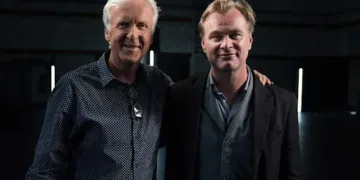

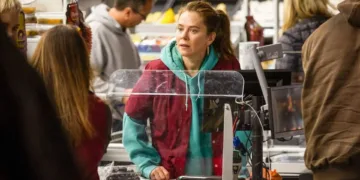
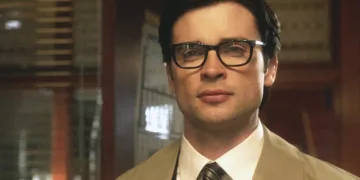

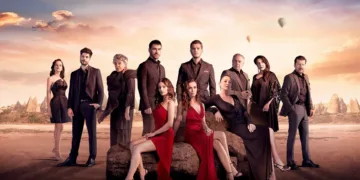
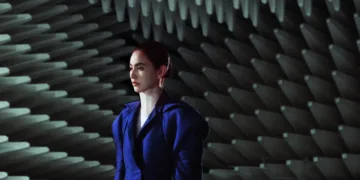

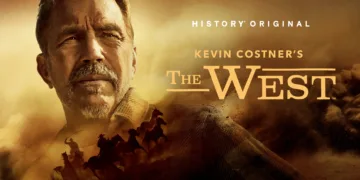




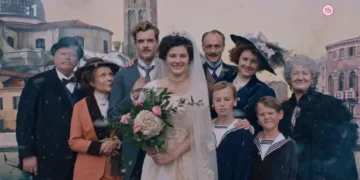

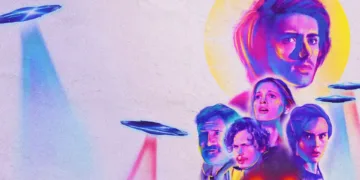






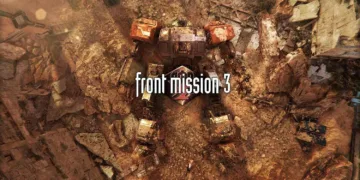




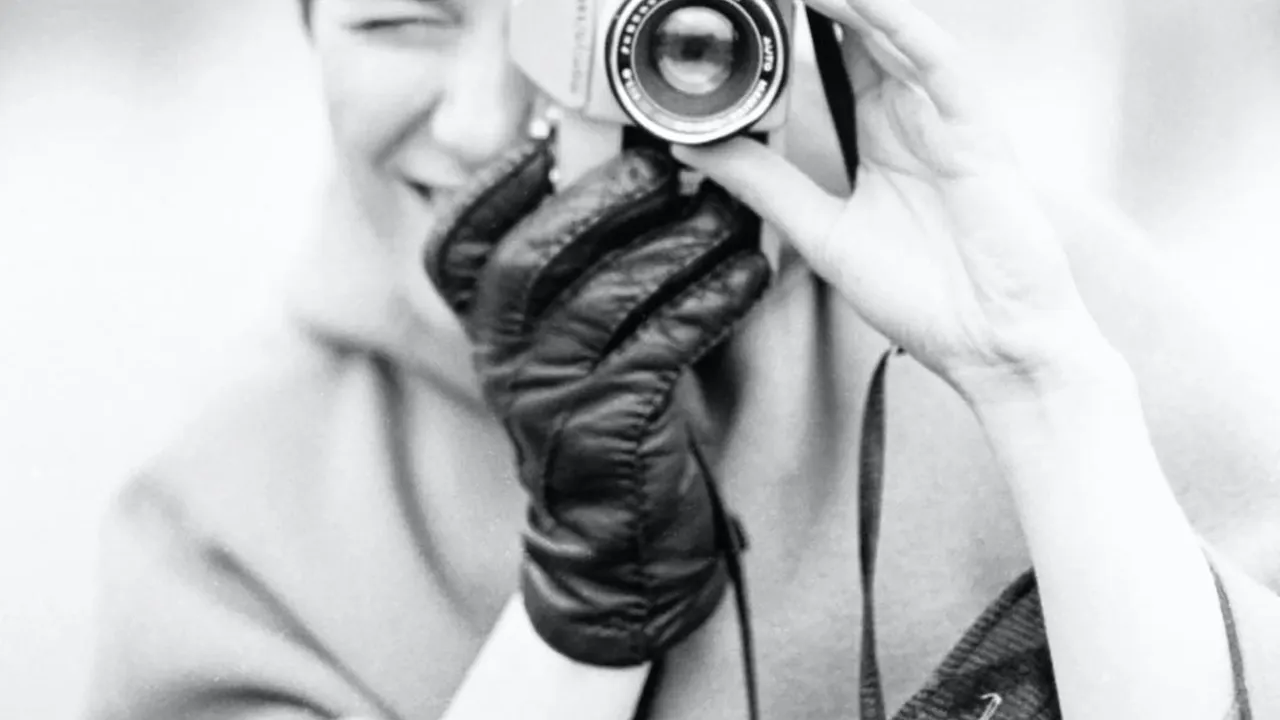
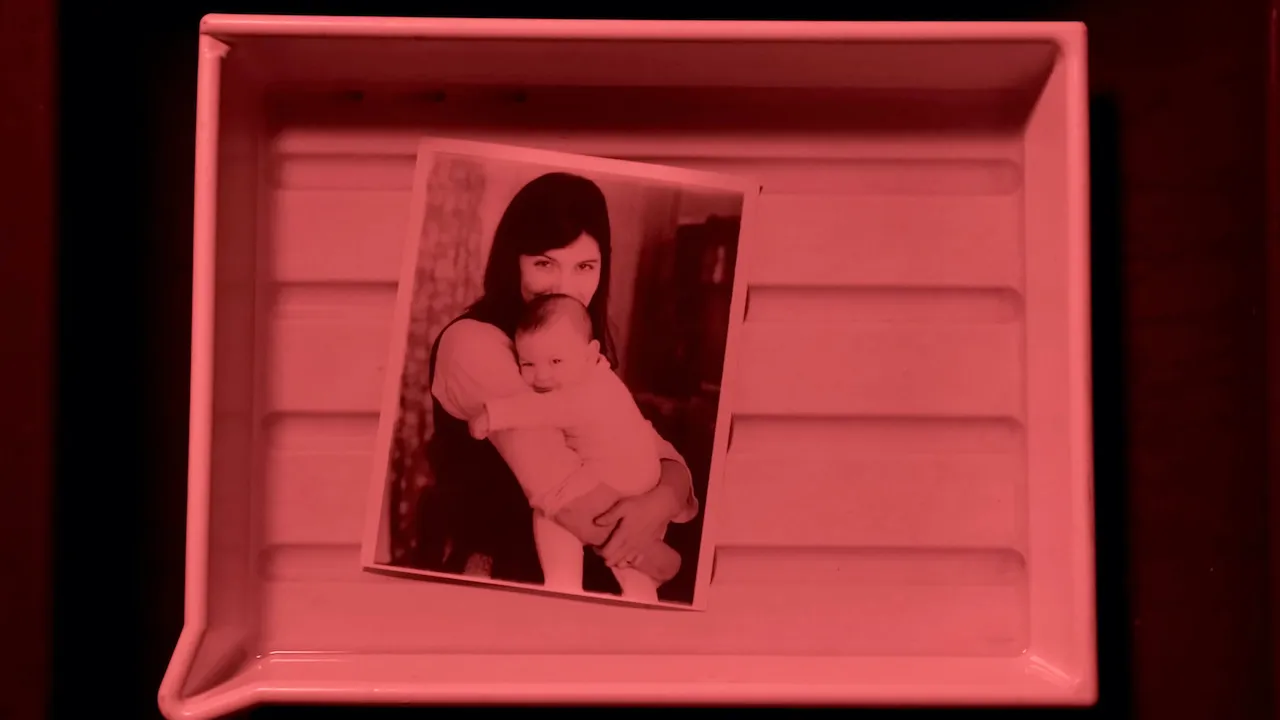
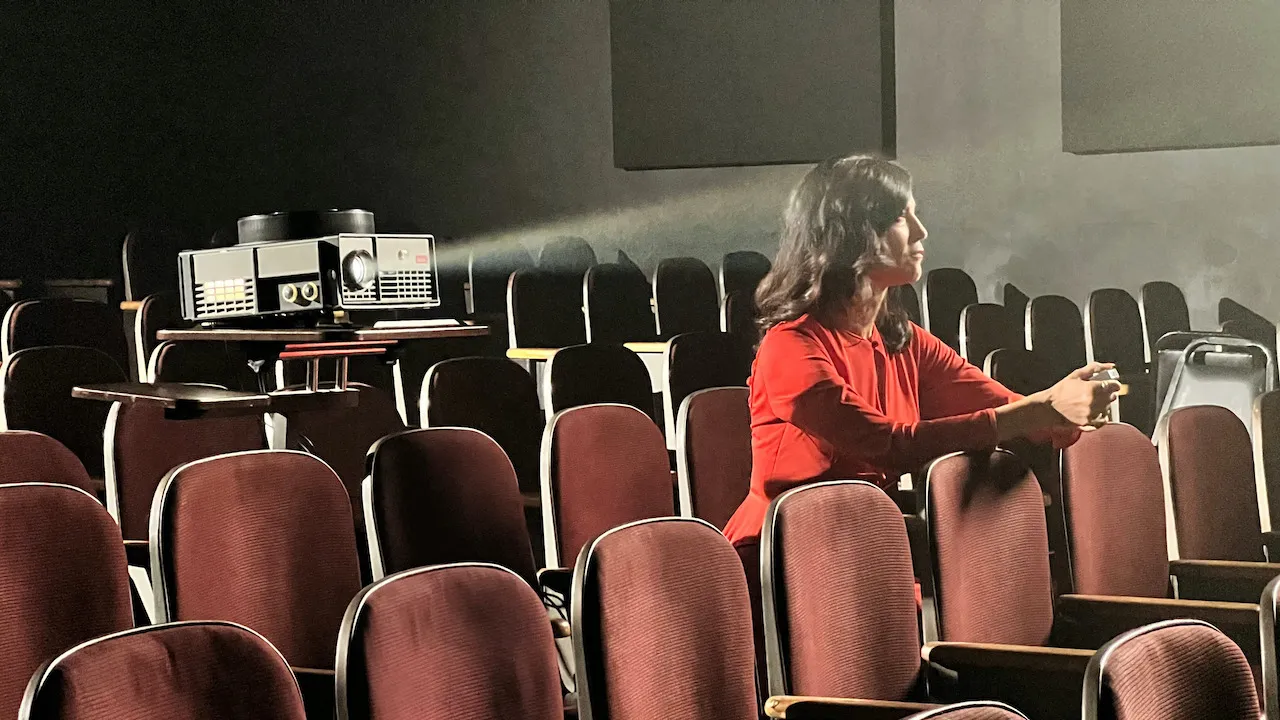









Discussion about this post